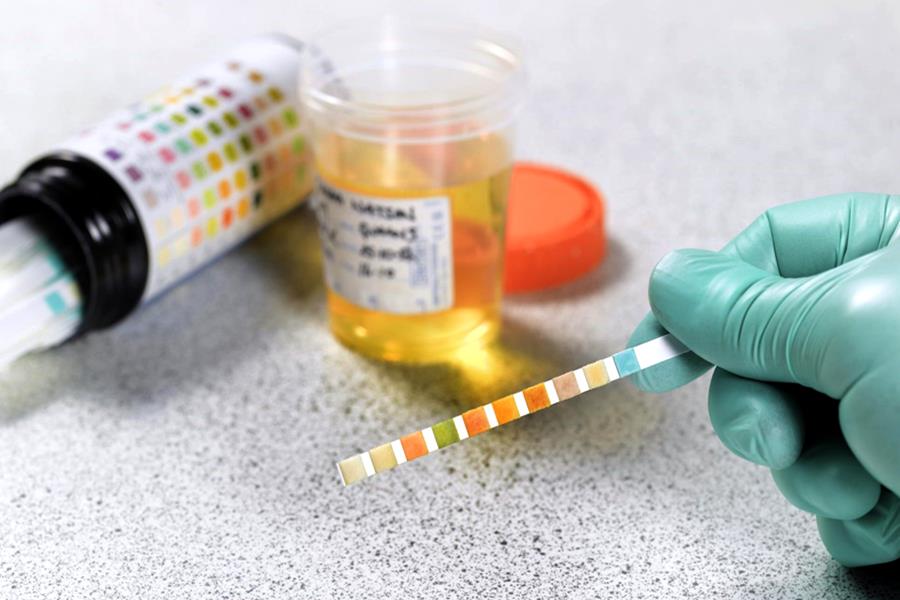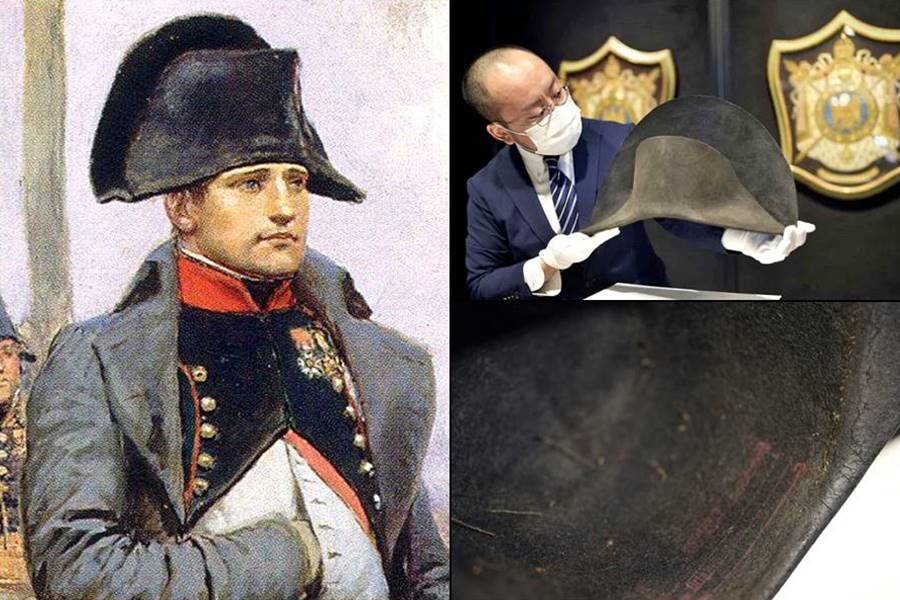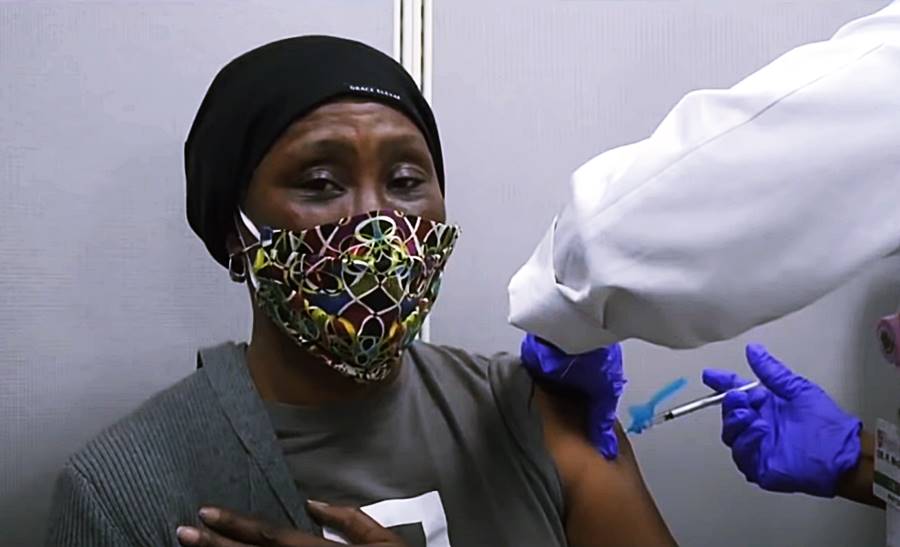Sat 13 February 2021:
Marking another marvel in medicine, scientists in the UK have now come up with a test to detect womb cancer using urine samples. At present doctors use an intolerably painful method which includes insertion of a narrow telescope into the womb to examine it and remove the lethal cells. However, this test, scientists touted, pain could be evicted from the process.
Nearly a third of women who undergo the procedure have the process repeated because of technical difficulties or intolerable pain, the research showed.
Thousands of women in Britain who do not have womb cancer also undergo the procedure, with huge financial implications for the country’s state-run National Health Service (NHS).
The study from Manchester University has developed a new detection tool which examines urine or vaginal samples that can be collected by women on their own at home.
The findings, published in the journal Nature Communications, showed analysis of the samples correctly diagnosed 91.7 percent of women with womb cancer.
The proportion of women without womb cancer who tested negative with the new tool was 88.9 percent, the study showed.
“Our results show that womb cancer cells can be detected in urine and vaginal samples using a microscope,” said Professor Emma Crosbie, who led the study.
“Women who test positive with this test could be referred for diagnostic investigations while women who test negative are safely reassured without the need for unpleasant, invasive, anxiety-provoking and expensive procedures.”
The new tool was first trialed on 103 women with known cancer and 113 with unexplained postmenopausal bleeding and could be brought into clinical practice once expanded trials have concluded.
Womb cancer is the sixth most common cancer in women, with an estimated 382,000 new diagnoses and 89,900 deaths from the disease in 2018 worldwide, the university said.
While most women receive early treatment after the onset of symptoms, which include bleeding after menopause, 20 percent of women who are diagnosed at an advanced stage have only a 15 percent chance of surviving beyond five years.
Risk factors
It’s not clear exactly what causes womb cancer, but certain things can increase your risk of developing it. According to NHS, one of the main risk factors for womb cancer is higher levels of a hormone called oestrogen in your body. A number of things can cause your oestrogen levels to be high, including obesity. There is also a small increase in the risk of womb cancer with long-term use of the breast cancer drug tamoxifen.
Womb cancer is the sixth most common cancer in women, with an estimated 382,000 new diagnoses and 89,900 deaths from the disease in 2018 worldwide, the university said.
While most women receive early treatment after the onset of symptoms, which include bleeding after menopause, 20 percent of women who are diagnosed at an advanced stage have only a 15 percent chance of surviving beyond five years.
File photo

FOLLOW INDEPENDENT PRESS:
TWITTER (CLICK HERE)
https://twitter.com/IpIndependent
FACEBOOK (CLICK HERE)
https://web.facebook.com/ipindependent
Think your friends would be interested? Share this story!




















